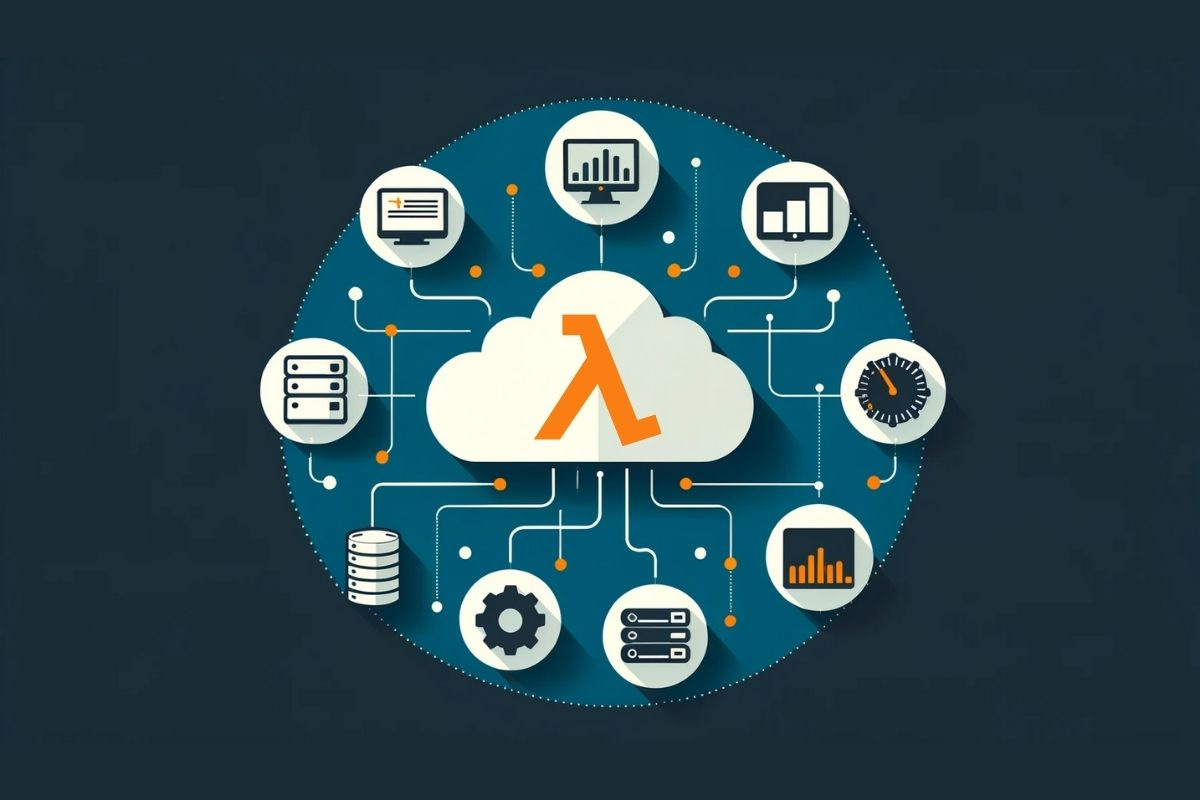
In the intricate landscape of microservices architecture, the ability for various components to communicate effectively over a network is a necessity. This article delves into the diverse communication strategies available within Amazon Web Services (AWS), a leader in cloud computing. From the conventional REST-based and GraphQL-based methods to the more dynamic gRPC-based and asynchronous messaging techniques, we explore how these methods operate within the AWS ecosystem to ensure seamless, scalable, and efficient communication among microservices. AWS’s suite of services, including API Gateway, AppSync, and various messaging services, are highlighted for their role in facilitating this essential interaction.
REST-based communication
The HTTP/S protocol, a staple in synchronous microservices communication, typically employs RESTful APIs. AWS’s API Gateway exemplifies this approach, providing a unified API front-end that manages traffic, security, monitoring, and versioning.
GraphQL-based Communication
GraphQL, another method for synchronous dialogue, operates under similar protocols as REST but but limiting exposure to a single endpoint. AWS AppSync facilitates the development of GraphQL applications, allowing direct interactions with AWS services and databases, or through Lambda for more complex business logic.
gRPC-Based Communication
gRPC stands out as a synchronous, efficient, and high-performance RPC protocol. gRPC improves upon its underlying protocols by using HTTP/2, it enhances features like compression and stream prioritization. Its use of Protobuf IDL, a binary encoding format, leverages HTTP/2’s binary framing for enhanced performance.
Asynchronous messaging and event passing
This approach uses message queues for service communication, fostering loose coupling and service discovery.
Messaging can be defined of the following three types:
- Message Queues: Serve as intermediaries between message senders and receivers, supporting asynchronous communication, load balancing, and traffic burst management.
- Publish-Subscribe: A topic-based system where a message is broadcasted to interested subscribers, useful for asynchronous wide-reach communication
- Event-driven messaging: This involves capturing and responding to events that occur in the system. Events are broadcast to a message broker and related services subscribe to certain event types. This model enables loose coupling and allows services to react to events without direct dependencies.
AWS offers a variety of managed services to implement each of these message types, such as Amazon SQS, Amazon SNS, Amazon EventBridge, Amazon MQ, and Amazon MSK. These services have unique features tailored to specific needs:
- Amazon SQS and SNS: Amazon SQS provides a space for storing messages, while Amazon SNS enables message delivery to multiple subscribers. These services work together effectively for distributing the same message to multiple destinations.
- Amazon EventBridge: This serverless solution leverages event-driven architecture to seamlessly link different parts of your application, simplifying the creation of scalable, event-oriented applications. It’s designed to efficiently channel events from various origins, including your own applications, AWS offerings, and external software, to end-user applications throughout your enterprise. EventBridge offers a straightforward and uniform approach to capture, refine, modify, and dispatch events, accelerating the development of new applications. The event buses within EventBridge are optimally configured for routing a multitude of events among various event-driven services.
- Amazon MQ: An ideal option for those with an established messaging system based on standard protocols such as JMS, AMQP, and more. This managed service provides a replacement for your existing system, ensuring continuity of operations without interruption.
- Amazon MSK (Managed Kafka): This is a messaging system designed for the storage and retrieval of messages, particularly beneficial in scenarios where messages require repeated processing. Additionally, it facilitates streaming of messages in real-time.
- Amazon Kinesis: This service specializes in the real-time processing and analysis of streaming data. It enables the creation of applications that operate in real-time and integrates smoothly with the broader AWS environment.
Keep in mind, selecting the most suitable service is contingent on your unique requirements, thus it’s crucial to comprehend the functionalities of each service and their relevance to your specific needs.
In the realm of AWS microservices architectures, the pathway to effective communication is multifaceted, each with its unique advantages and considerations. Whether through RESTful APIs, GraphQL, gRPC, or asynchronous messaging, the choice of communication strategy should align with the specific needs and context of your application. AWS provides a powerful and diverse set of tools like Amazon SQS, SNS, EventBridge, MQ, MSK, and Kinesis, each designed to cater to different aspects of communication needs. Understanding the capabilities and integration of these services is key to unlocking the full potential of your microservices architecture. Remember, the optimal communication path for your microservices is not just about the technology but also about how well it aligns with your application’s goals and requirements.






